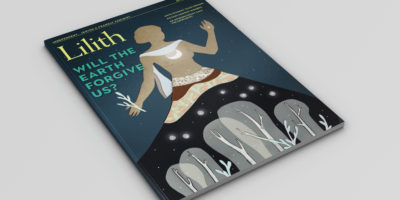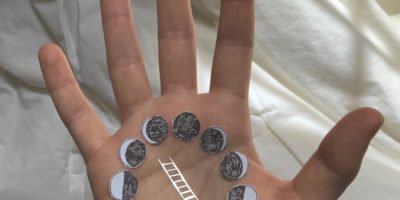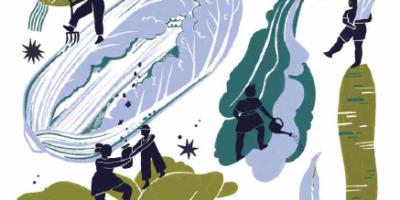
Changing the Disability Narrative
I grew up as a sick kid, substituting playtime for physical therapy, learning to walk properly after months at a time in bed. I had a triple organ transplant at three, cancer at four, and a feeding tube for two years after that. Needless to say, the conventional beauty standards haven’t applied to me since my toddler years.
My whole pre-teen and teenage life, I watched films and television shows and thought, “Where am I?” Never before had I seen a girl with a subway map of scars on her body get the guy of her dreams. I had never seen a girl who used a walker be the prom queen. I never saw my story reflected back at me, so I didn’t know how to create my own story. I didn’t know that good things could happen to people who looked like me, because I had never seen it done before.
At 17 years old, those insecurities are still in me. But now they’re buried under a layer of self-esteem. Instead of sitting idly by and wondering why there’s a lack of representation for women with non-normative bodies and disabilities in the media, I started to think of ways to change it.
This year, I joined a Jewish feminist fellowship through Moving Traditions called Kol Koleinu. It’s a wonderful program for high schoolers to discover what types of activism topics interest them. Each person is grouped with a few other girls and works on an activism project for a few months. Immediately, I knew I wanted to do something that helped change the narrative of disability. I wanted to bring young women who may not look like everybody else into feminist conversations—and know they are worthy of loving and being loved in return.
DAISY FRIEDMAN on the Lilith Blog, January 2021.





